Home>Gardening & Outdoor>Landscaping Ideas>What Soil Is Best For Grass Seed
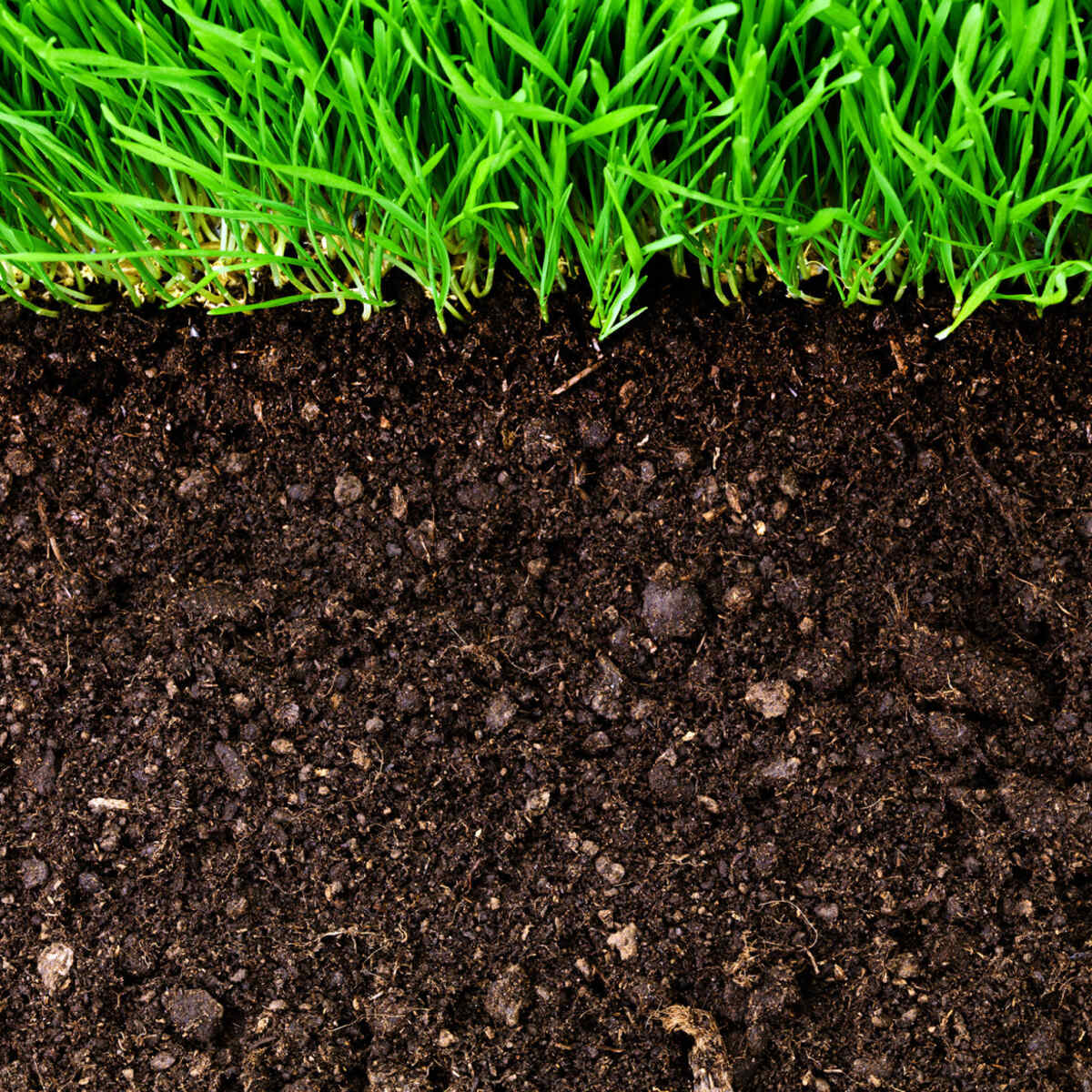

Landscaping Ideas
What Soil Is Best For Grass Seed
Modified: March 6, 2024
Discover the best soil for grass seed in your landscaping project. Get expert tips and ideas for creating a healthy lawn. Find out more!
(Many of the links in this article redirect to a specific reviewed product. Your purchase of these products through affiliate links helps to generate commission for Storables.com, at no extra cost. Learn more)
Introduction
When it comes to cultivating a lush and vibrant lawn, the significance of soil cannot be overstated. The soil serves as the foundation for the growth and nourishment of grass seed, playing a pivotal role in determining the overall health and appearance of your lawn. Understanding the characteristics of different soil types, as well as the ideal conditions for grass seed, is essential for achieving a thriving and resilient lawn.
In this comprehensive guide, we will delve into the world of soil and its impact on the successful germination and growth of grass seed. By exploring the various soil types, uncovering the optimal soil conditions for grass seed, and learning how to test and amend your soil, you will be equipped with the knowledge and insights needed to establish a verdant and flourishing lawn. So, let's dig deep into the earth and unearth the secrets to nurturing healthy grass from the ground up.
Key Takeaways:
- Understanding soil types like clay, sandy, silt, and loam helps you create the perfect environment for healthy grass growth. Each soil type has unique properties that affect the vitality of your lawn.
- Testing your soil and making targeted amendments, like adjusting pH levels and enhancing nutrient content, sets the stage for successful grass seed germination and sustained growth. It’s like giving your lawn the perfect recipe for growth!
Read more: What Is The Best Soil Mix For Tomatoes
Understanding Different Soil Types
Soil comes in a diverse range of types, each with its own unique composition and characteristics. Understanding the distinctions between these soil types is crucial for determining which is best suited for growing grass seed.
1. Clay Soil: This type of soil is known for its fine particles, which allow it to retain moisture well. However, clay soil can become compacted, making it challenging for grass roots to penetrate and thrive.
2. Sandy Soil: Sandy soil is characterized by its large particles, which result in excellent drainage. While this can prevent waterlogging, sandy soil often struggles to retain essential nutrients for grass seed growth.
3. Silt Soil: Silt soil features particles that are smaller than sand but larger than clay. It offers good drainage and moisture retention, making it a balanced option for supporting grass seed growth.
4. Loam Soil: Considered the gold standard of soil types, loam soil is a well-balanced combination of sand, silt, and clay. It provides adequate drainage, retains moisture, and offers a fertile environment for grass seed to flourish.
By familiarizing yourself with the unique properties of these soil types, you can assess the existing soil in your lawn and determine its suitability for supporting healthy grass growth. Armed with this knowledge, you can make informed decisions about soil amendments and cultivation techniques to optimize the conditions for your grass seed.
Ideal Soil Conditions for Grass Seed
Creating the perfect environment for grass seed to germinate and thrive hinges on establishing optimal soil conditions. Several key factors contribute to an ideal soil environment for successful grass seed growth:
1. pH Level: The pH level of the soil profoundly influences the availability of essential nutrients to grass seed. Ideally, the pH should range between 6.0 and 7.0, providing a slightly acidic to neutral environment that fosters healthy root development and nutrient uptake.
2. Moisture Retention and Drainage: Balancing moisture retention with effective drainage is critical. Soil that retains adequate moisture without becoming waterlogged is essential for sustaining grass seed during germination and early growth stages.
3. Nutrient Content: A well-balanced soil rich in essential nutrients, such as nitrogen, phosphorus, and potassium, is vital for supporting the vigorous growth and development of grass seed. These nutrients contribute to root strength, foliage density, and overall resilience.
4. Soil Texture: The texture of the soil plays a pivotal role in facilitating root penetration and anchorage for grass seed. A loamy texture, which combines adequate drainage with moisture retention, provides an ideal foundation for healthy grass growth.
By optimizing these soil conditions, you can create an environment that is conducive to the successful establishment and sustained vitality of grass seed. Understanding the interplay of these factors empowers you to make informed decisions when preparing and nurturing the soil for seeding, ultimately contributing to the long-term health and beauty of your lawn.
The best soil for grass seed is well-draining loamy soil with a pH of 6.0-7.0. Loamy soil provides a good balance of water retention and drainage, while the pH level ensures optimal nutrient availability for grass growth.
Testing Your Soil
Before embarking on the journey of cultivating a thriving lawn, it is essential to gain insight into the composition and characteristics of your soil. Conducting a soil test is a valuable step in this process, providing valuable information that can guide your approach to soil preparation and amendment.
Soil testing serves several crucial purposes:
1. pH Assessment: Determining the pH level of your soil is fundamental, as it influences nutrient availability and overall soil health. A pH test reveals whether your soil is acidic, neutral, or alkaline, guiding the necessary adjustments to create an optimal environment for grass seed.
2. Nutrient Analysis: Understanding the nutrient content of your soil is essential for identifying deficiencies or imbalances that could impede the growth of grass seed. Analyzing levels of essential nutrients such as nitrogen, phosphorus, and potassium provides valuable insights for targeted soil amendments.
3. Texture and Composition: Soil testing can also unveil the texture and composition of your soil, shedding light on its drainage capabilities and potential for supporting healthy root development.
By acquiring a comprehensive understanding of your soil through testing, you can tailor your approach to soil preparation and amendment with precision. Whether you need to adjust the pH, enrich the nutrient content, or improve the soil structure, soil testing empowers you to make informed decisions that lay the groundwork for successful grass seed growth.
Engaging in the process of soil testing sets the stage for a well-informed and strategic approach to nurturing your lawn, ensuring that your efforts are directed towards creating an optimal environment for the flourishing of grass seed.
Making Soil Amendments
Armed with insights from soil testing, you are well-equipped to address any deficiencies or imbalances in your soil through targeted amendments. Making strategic soil amendments is a proactive and effective way to optimize the soil conditions for successful grass seed germination and growth.
1. Adjusting pH Levels: If your soil test reveals that the pH level is outside the ideal range for grass seed growth, you can modify it by incorporating lime to raise the pH or elemental sulfur to lower it. Balancing the pH creates a more hospitable environment for grass seed to thrive.
2. Enhancing Nutrient Content: Based on the nutrient analysis from your soil test, you can supplement the soil with organic matter, compost, or specific fertilizers to address any deficiencies and bolster the overall nutrient content. This fortifies the soil, providing essential elements for robust grass seed development.
3. Improving Soil Structure: For soils with poor drainage or compaction issues, incorporating organic materials like compost or well-decomposed manure can enhance the soil’s structure, promoting better aeration and moisture retention. This facilitates healthier root growth and resilience in grass seedlings.
4. Mulching and Topdressing: Applying a layer of organic mulch or topdressing the soil with compost can contribute to moisture retention, weed suppression, and gradual nutrient release. These practices foster a nurturing environment for grass seed establishment and early growth.
By strategically implementing these soil amendments, you can tailor the soil to meet the specific needs of grass seed, setting the stage for robust and sustainable lawn growth. Each amendment serves as a targeted intervention to address the unique characteristics of your soil, ensuring that it provides an optimal foundation for the successful cultivation of healthy, vibrant grass.
Read more: What Is The Best Soil Mix For Blueberries
Conclusion
As you journey through the realm of soil and its profound impact on the growth of grass seed, you gain a deeper appreciation for the pivotal role it plays in nurturing a thriving lawn. Understanding the diverse soil types, recognizing the ideal soil conditions for grass seed, and harnessing the insights from soil testing and amendments empowers you to cultivate a verdant and resilient expanse of grass.
By comprehending the nuances of clay, sandy, silt, and loam soils, you can assess and optimize your soil to create an environment that fosters robust grass seed germination and sustained growth. The interplay of pH levels, moisture retention, nutrient content, and soil texture becomes a canvas upon which you can craft the ideal conditions for a flourishing lawn.
Soil testing emerges as a crucial step, unveiling the unique characteristics of your soil and guiding targeted amendments to address deficiencies and enhance its capacity to support healthy grass growth. Armed with this knowledge, you embark on a journey of strategic soil amendments, fine-tuning the soil to create an environment where grass seed can thrive and flourish.
As you enrich the soil with organic matter, adjust pH levels, and fortify its nutrient content, you lay the groundwork for a vibrant and enduring lawn. The careful orchestration of soil amendments sets the stage for the successful germination, establishment, and sustained vitality of grass seed, culminating in a lush and resilient expanse of greenery.
With each deliberate action taken to nurture the soil, you contribute to the creation of a thriving ecosystem where grass seed can take root, flourish, and weave a tapestry of natural beauty across your landscape. Your understanding of soil and its nuances becomes a guiding force, shaping the foundation upon which a robust and vibrant lawn comes to life.
So, as you embark on the journey of cultivating a healthy and vibrant lawn, remember that the soil beneath your feet holds the key to unlocking the full potential of your grass seed. By embracing the intricacies of soil and harnessing its nurturing power, you pave the way for a landscape that teems with vitality and natural splendor.
Frequently Asked Questions about What Soil Is Best For Grass Seed
Was this page helpful?
At Storables.com, we guarantee accurate and reliable information. Our content, validated by Expert Board Contributors, is crafted following stringent Editorial Policies. We're committed to providing you with well-researched, expert-backed insights for all your informational needs.
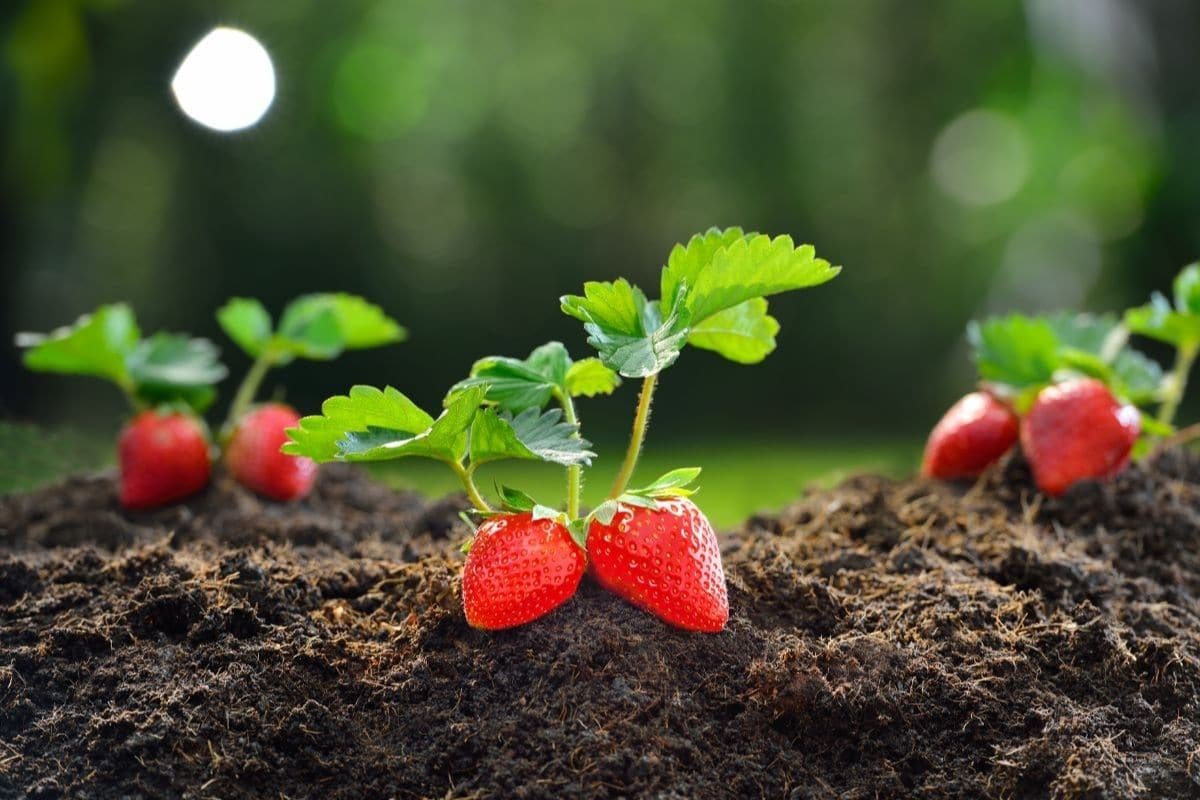
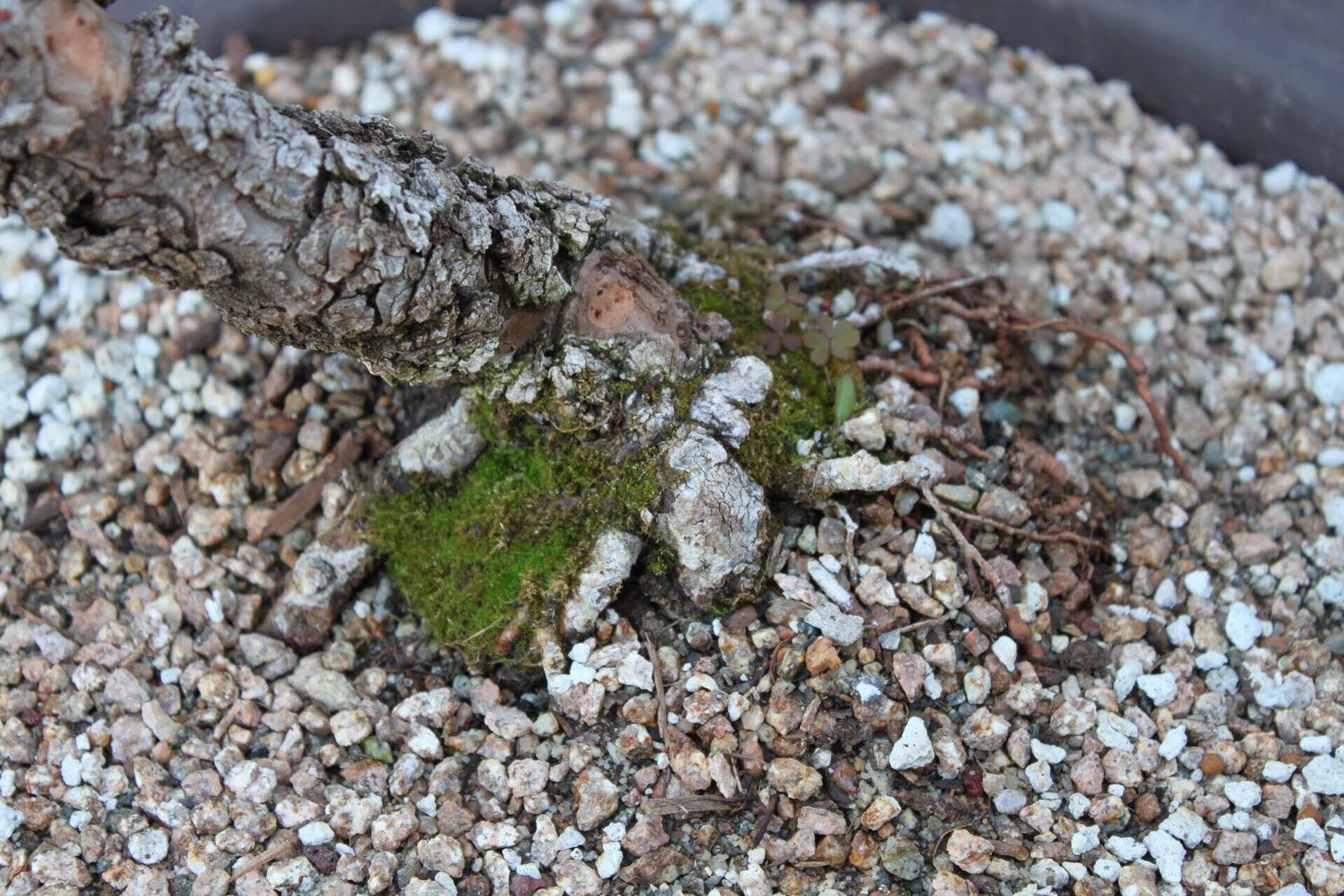
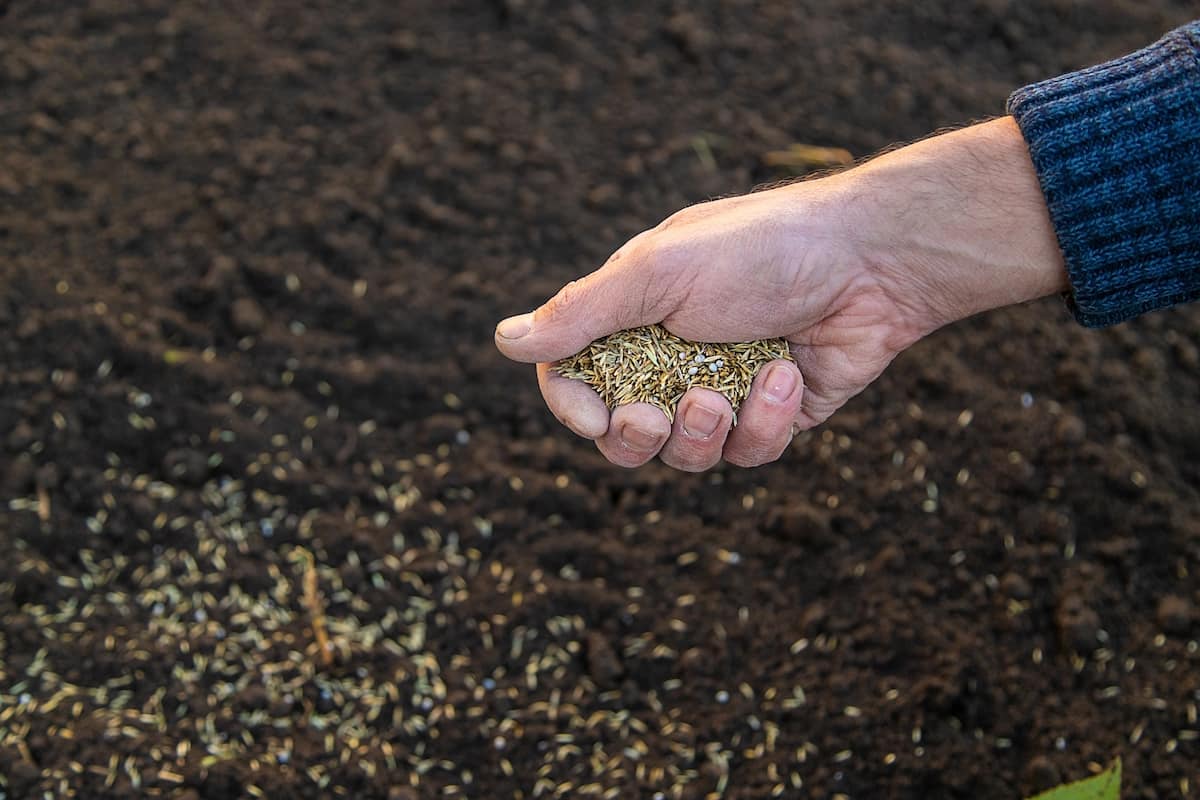
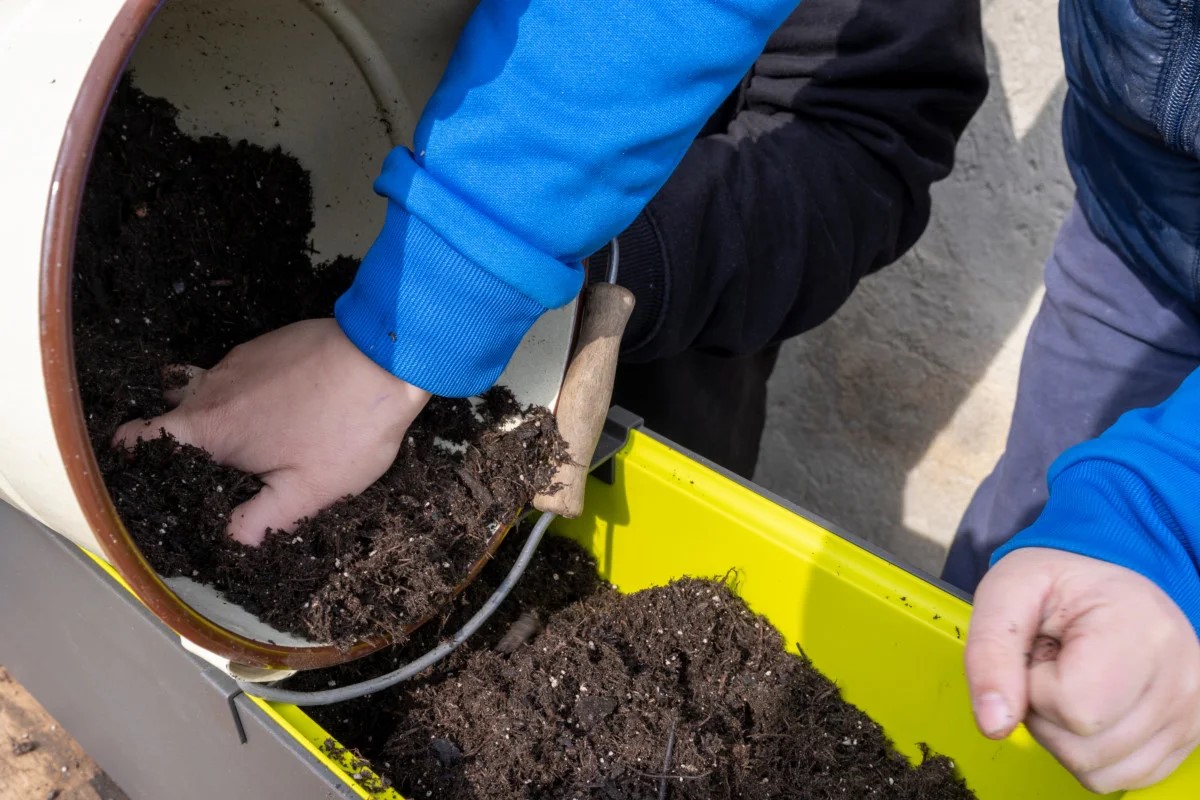
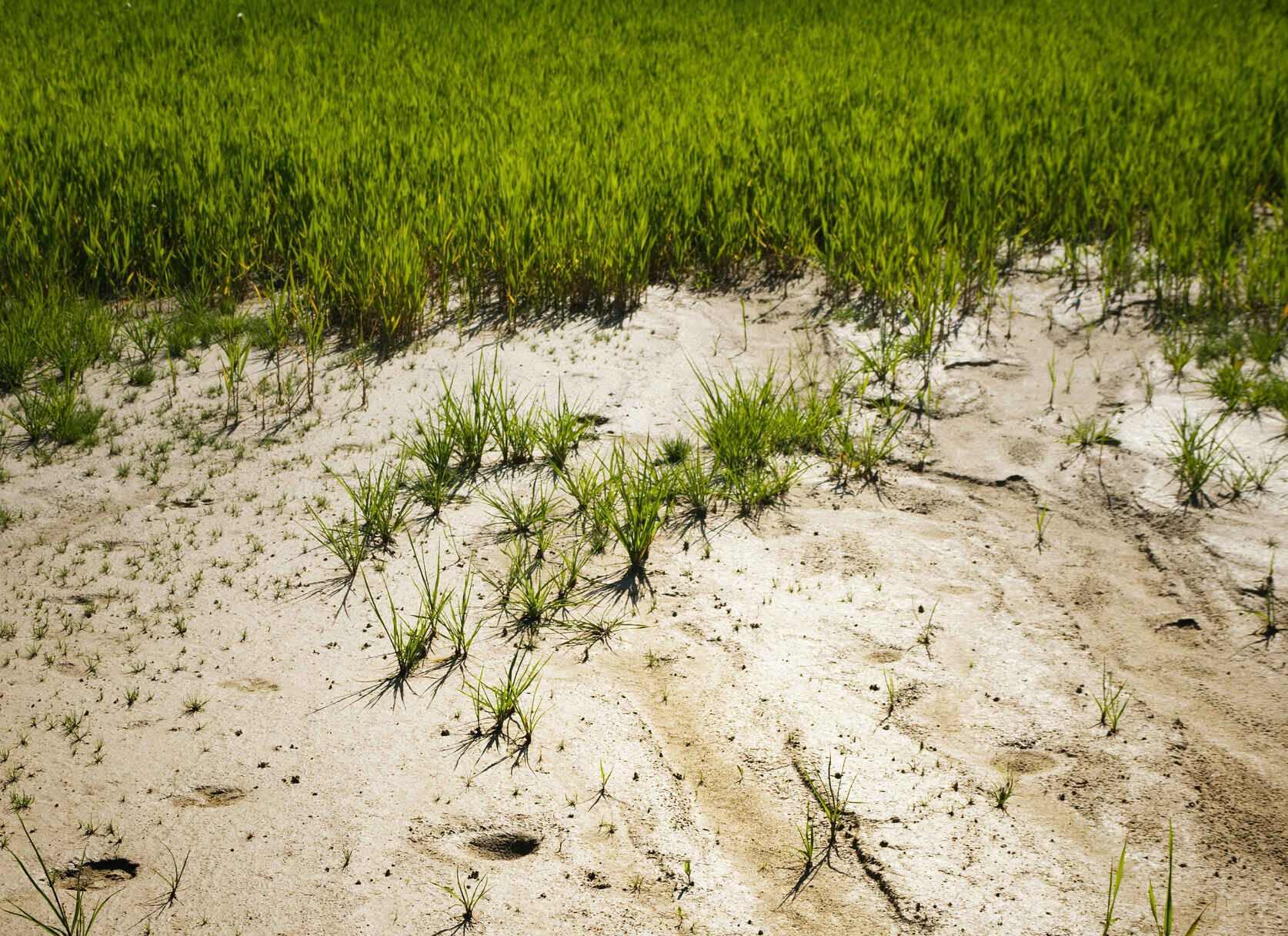
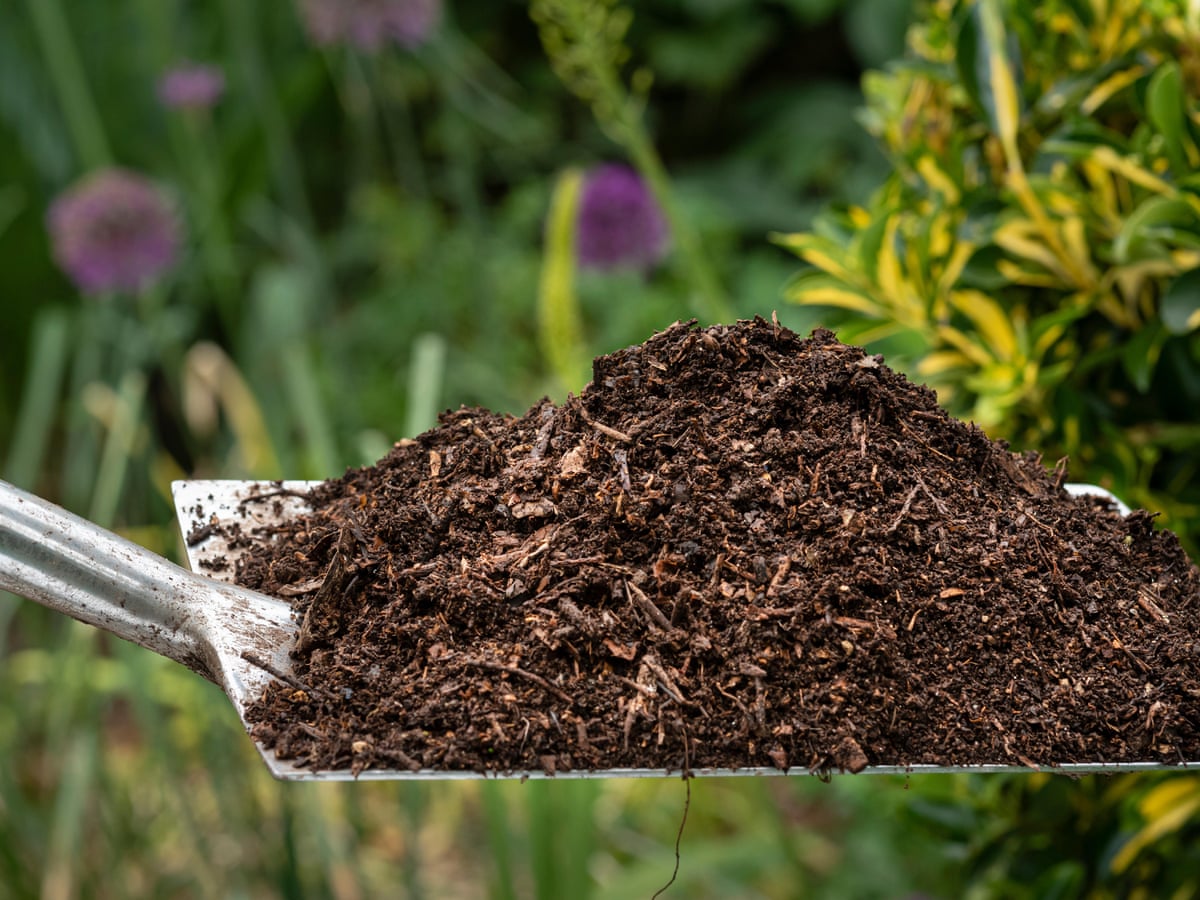
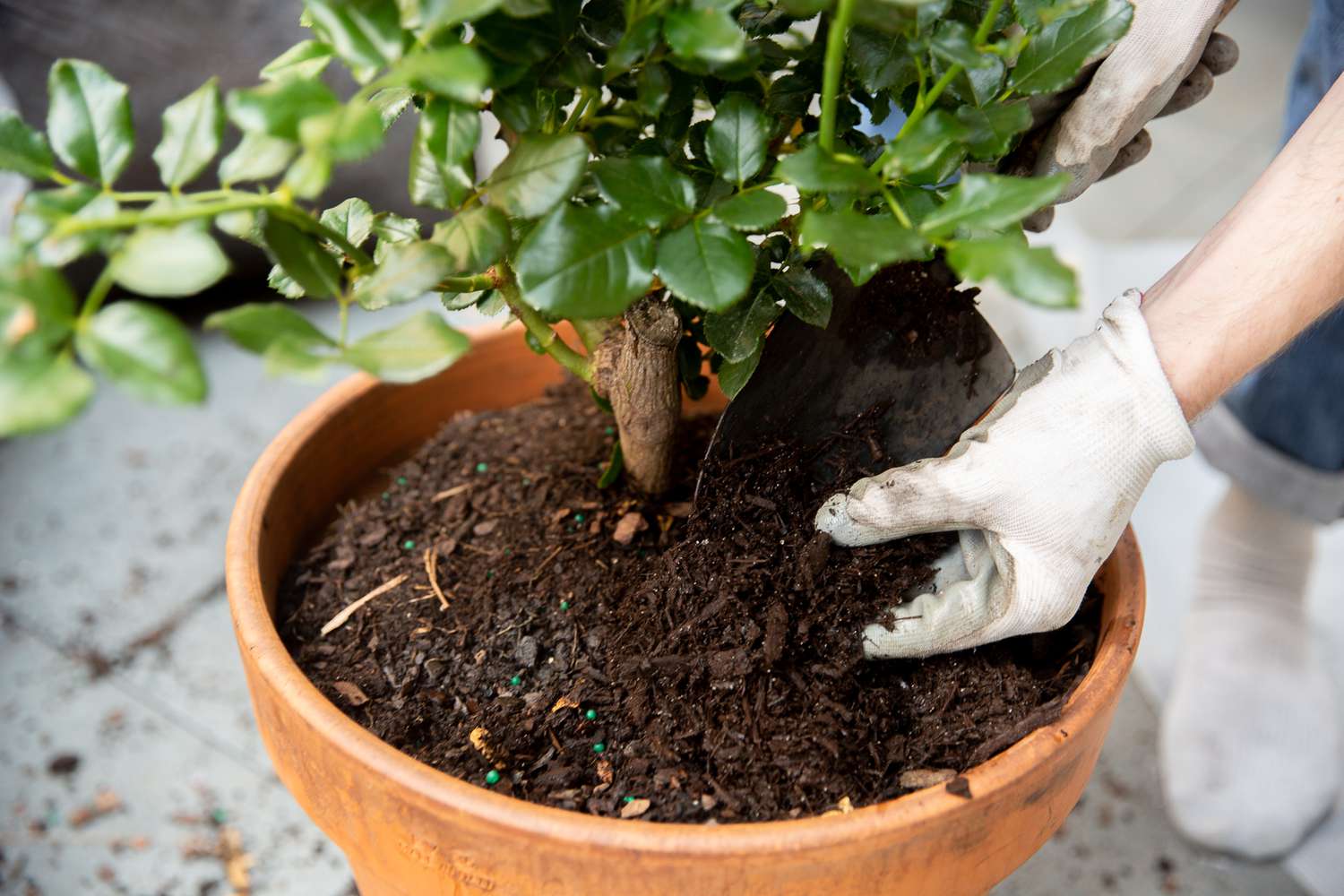
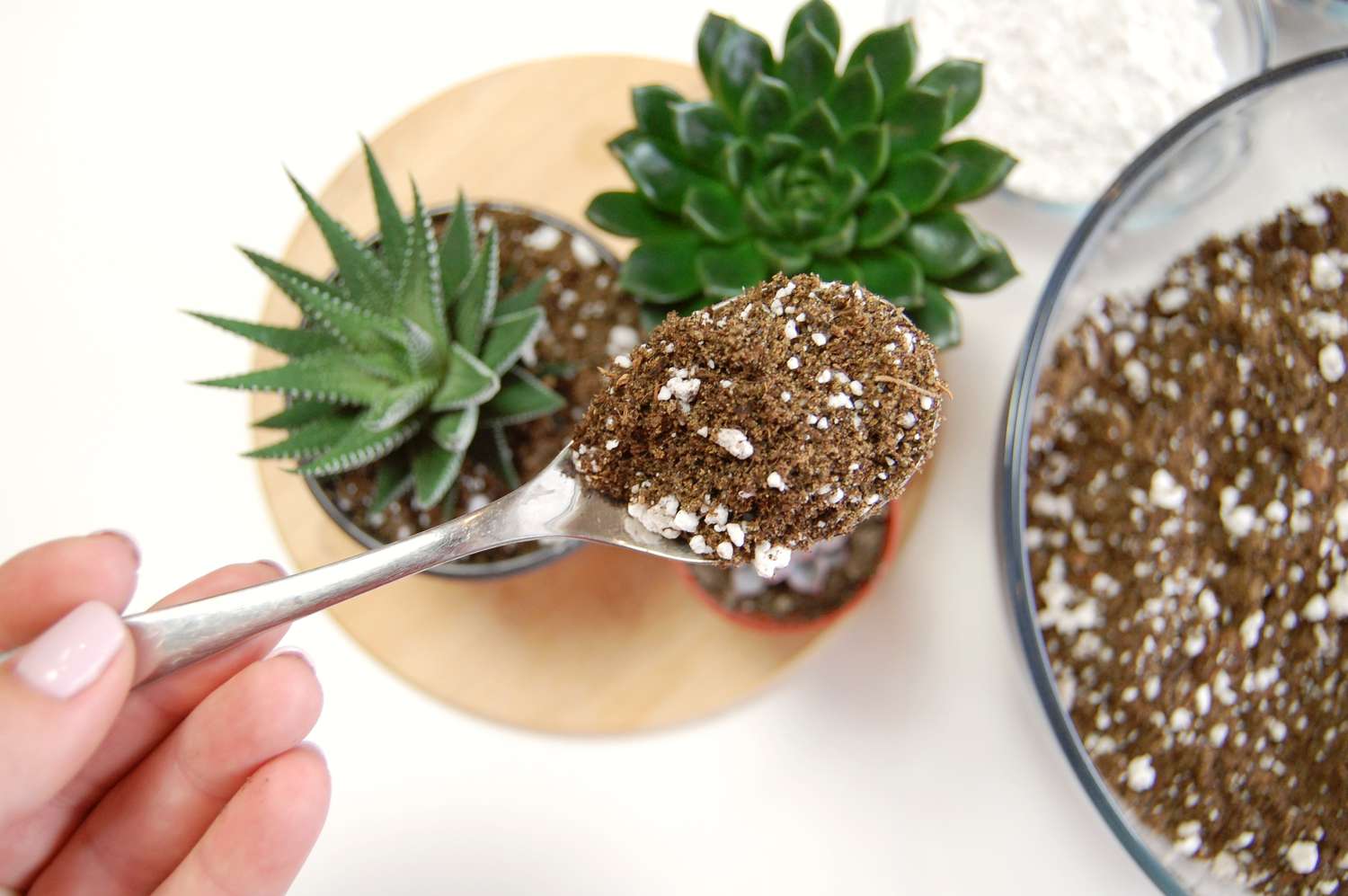
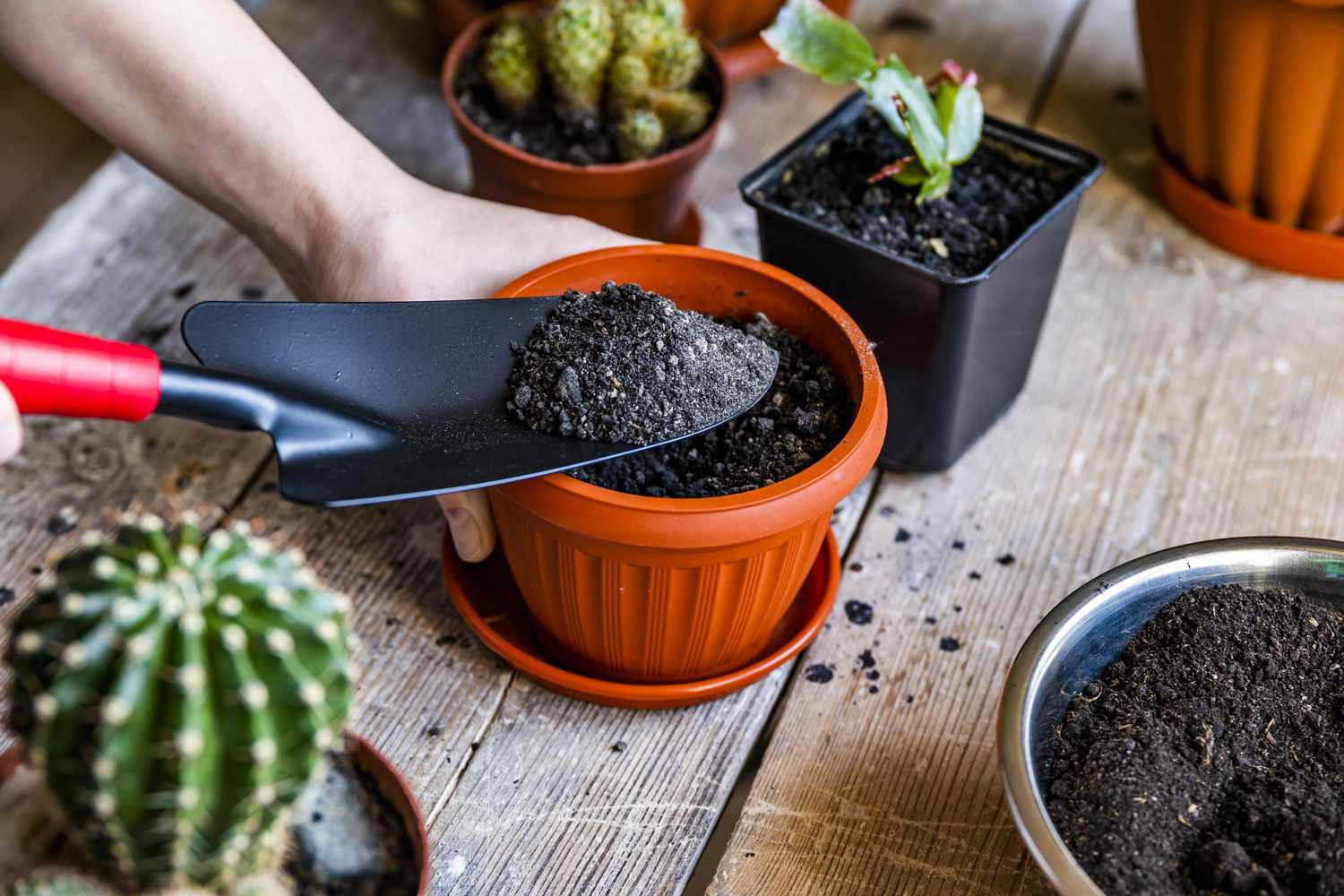
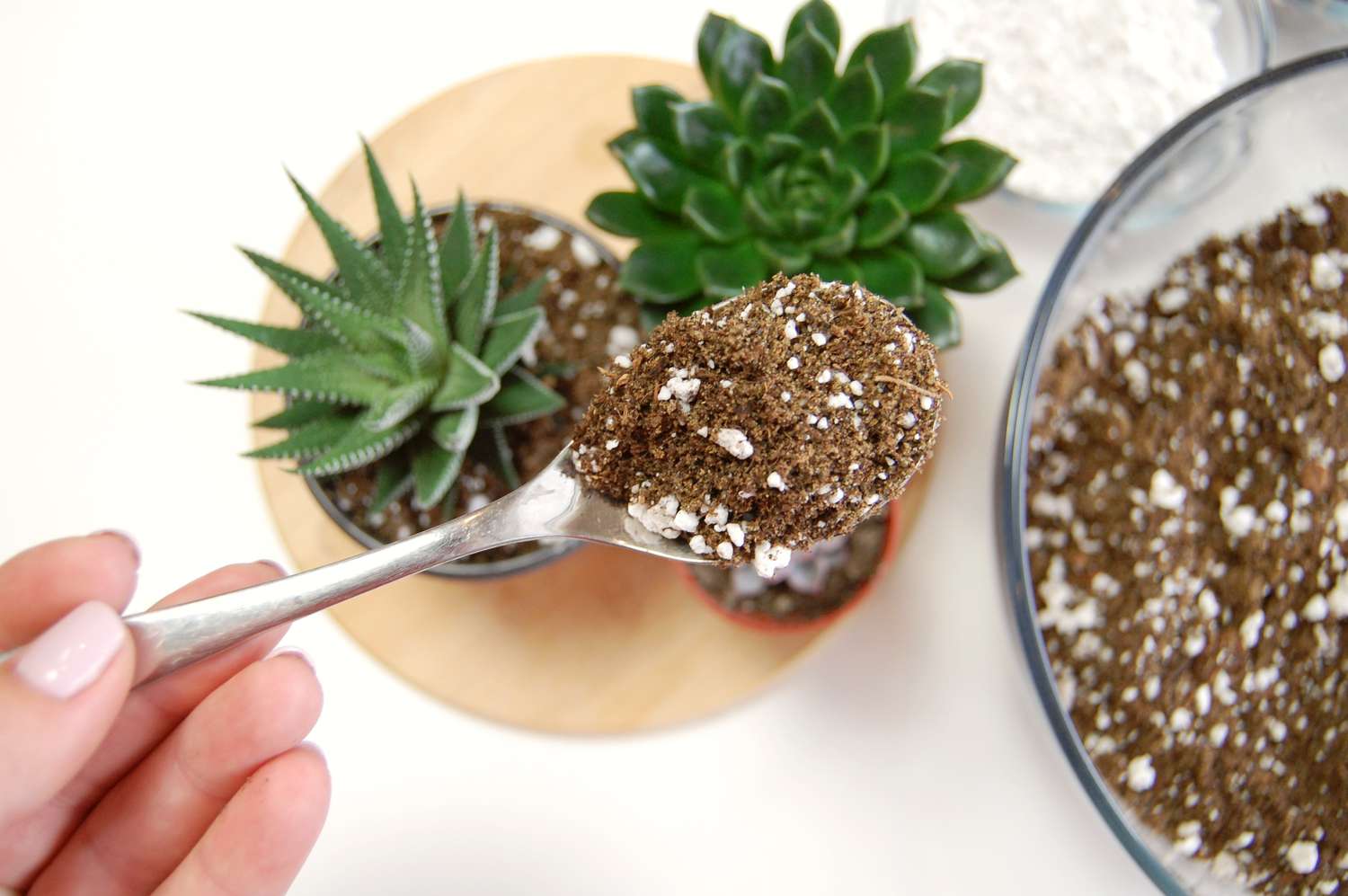
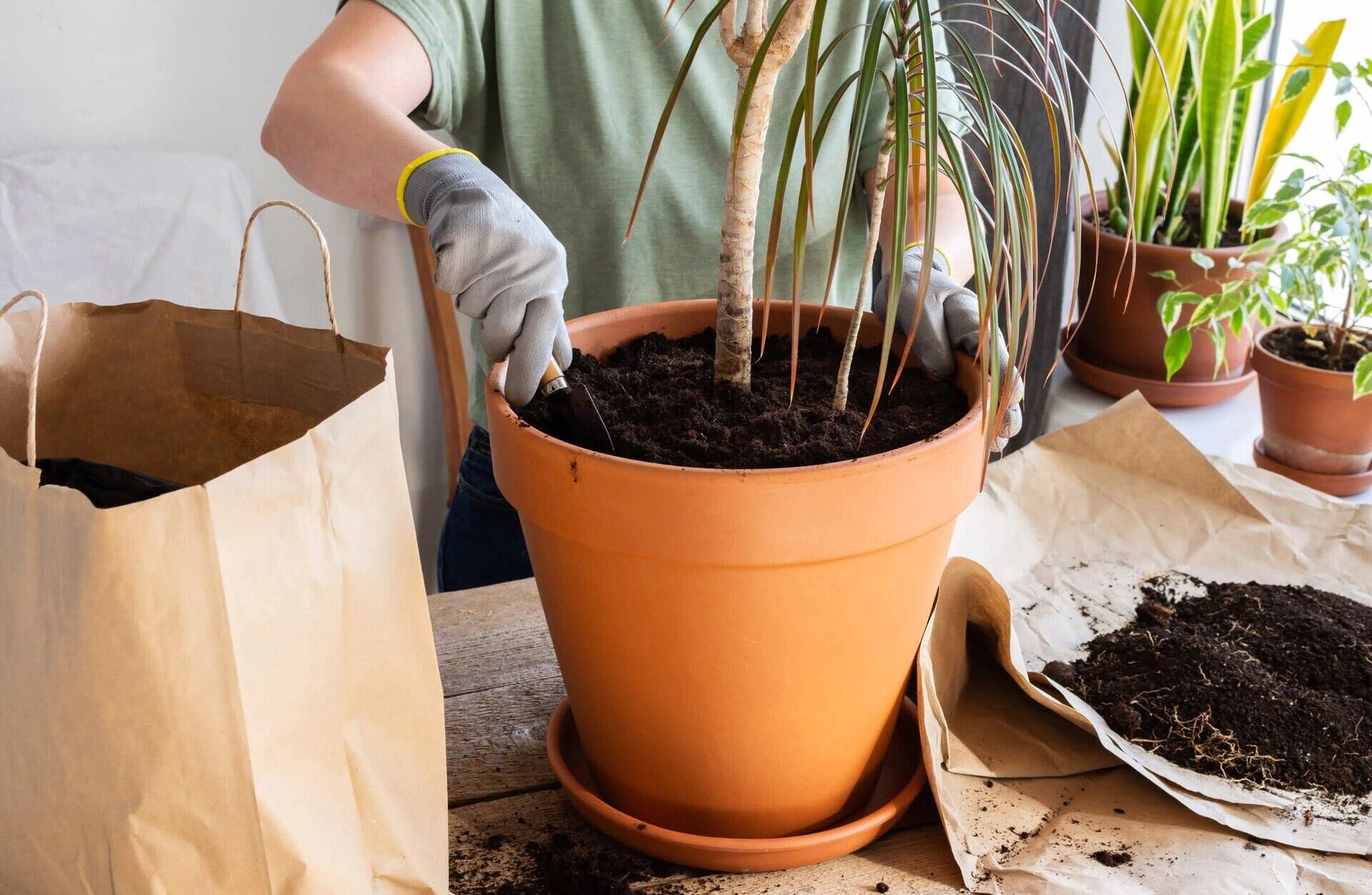
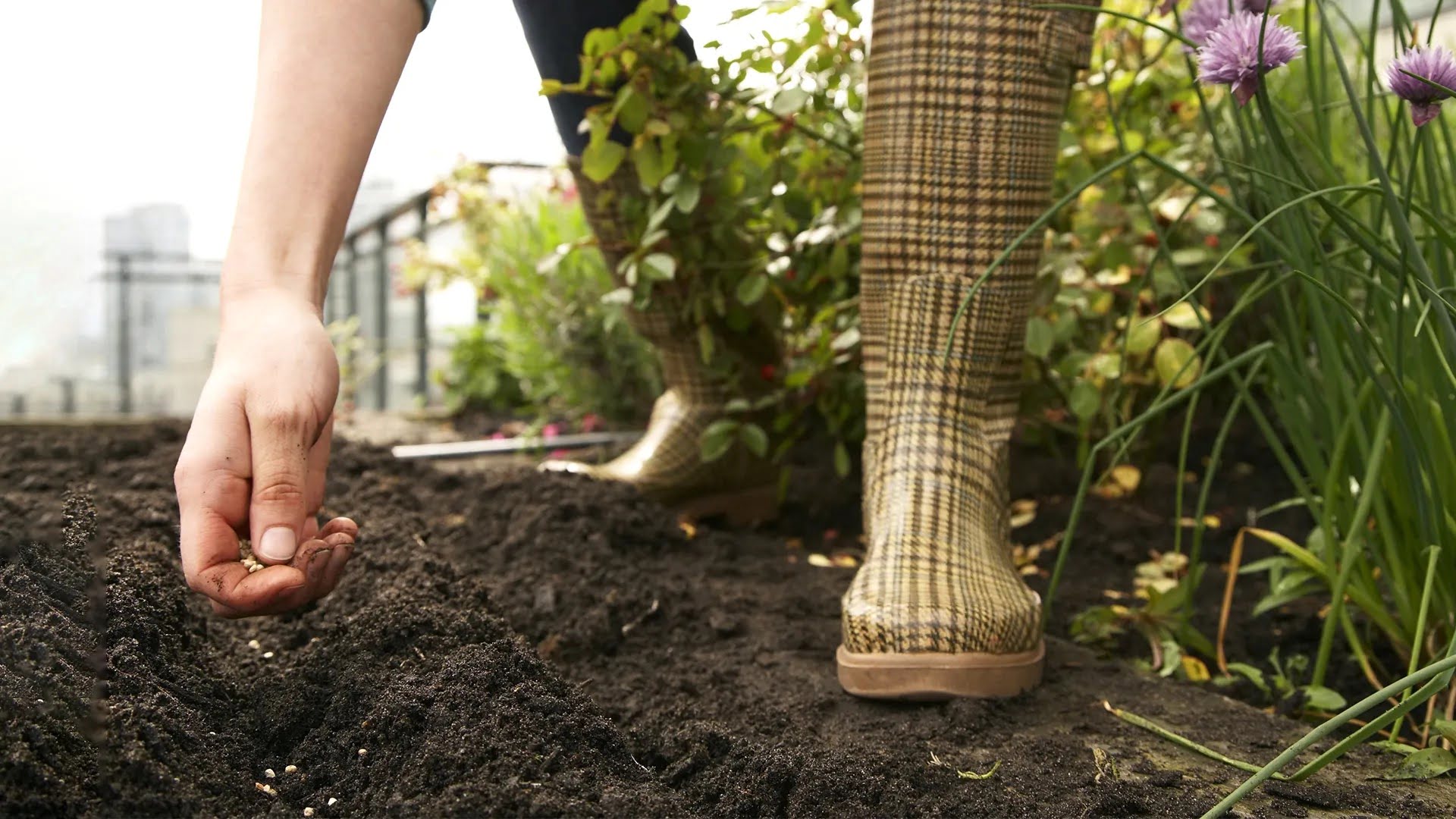
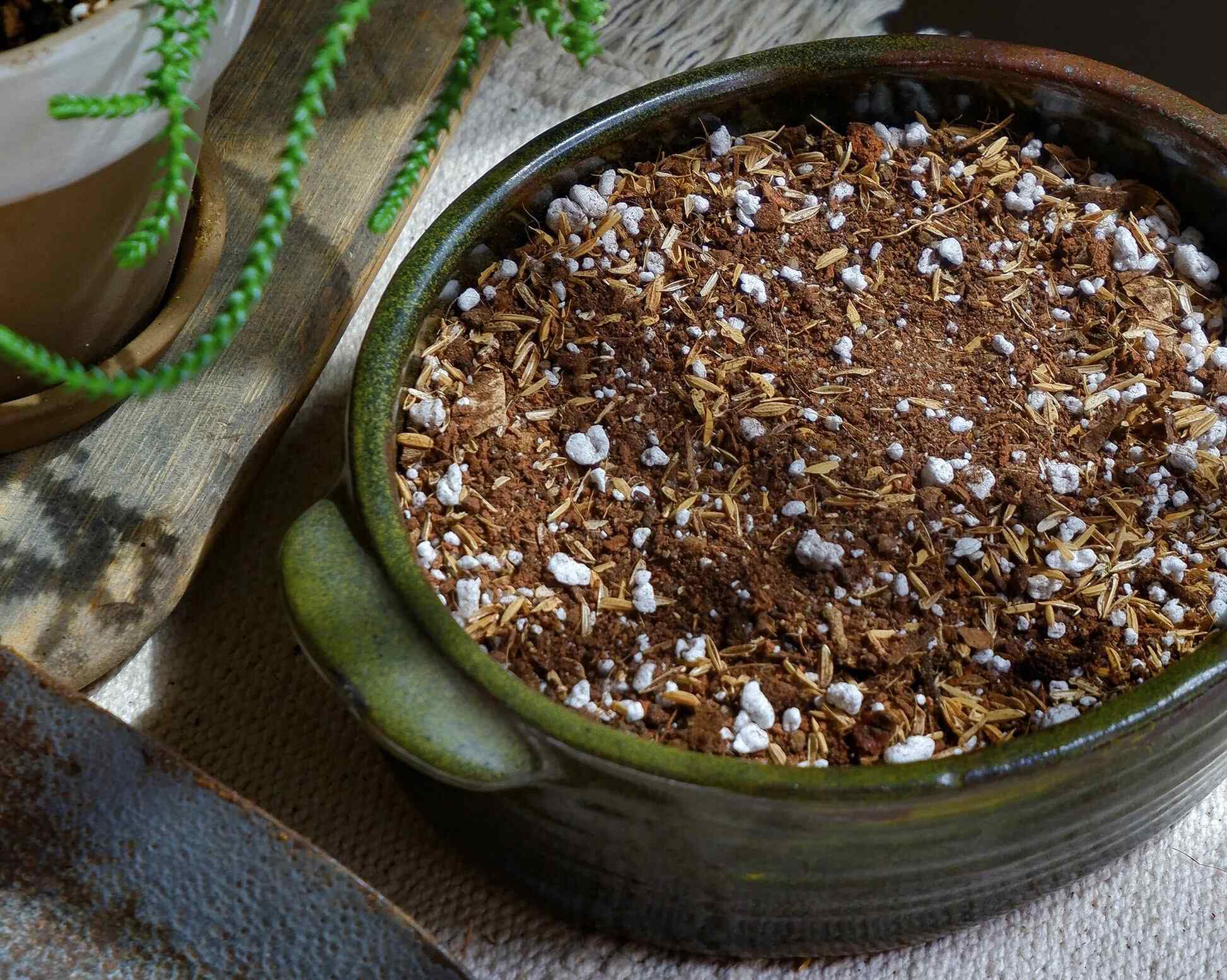
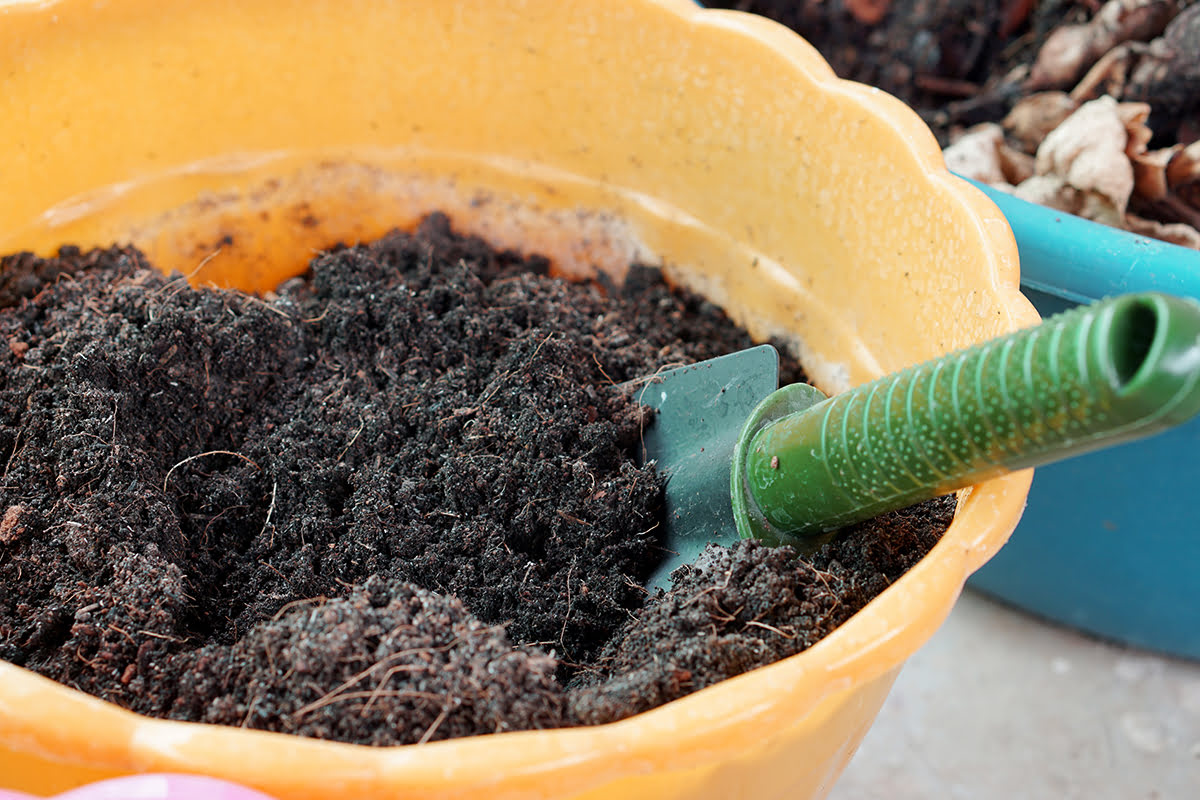

0 thoughts on “What Soil Is Best For Grass Seed”